The Voigtlander f/3.5 50mm VM Heliar is a unusual lens that appears to me to have a fairly quiet, but almost invariably positive reputation. There isn’t a huge amount written about this lens online, nor in fact its collapsible predecessors, but what is out there talks of an optic that’s up there with the highest quality lenses ever produced in Leica ltm or m-mount.
Funnily enough, this wasn’t what encouraged me to try one. What did was being contacted on Instagram by someone with one of the older f/2 versions suggesting that if I was a fan of the 3D rendering I get from my Zeiss 50mm ZM Sonnar, I should also try a Voigtlander Heliar. This planted a seed in my head that eventually saw me getting in touch with the UK Voigtlander distributor, Flaghead photographic. I enquired about borrowing a lens, and sure enough Hardy got back to me saying he’d be very happy to loan me a lens for a couple of weeks for review. Actually, the conversation with Hardy unraveled into a few more interesting opportunities, but more on that later…
A bit of background on the Heliar formula
The Voigtlander 50mm 3.5 VM Heliar is, as I’ve alluded to, a remake of a previous Voigtlander lens. In 2001 Voigtlander released a 101 year anniversary 50mm f/3.5 thread mount collapsible lens. The Heliar lens design dates back to 1900 when it was designed by Hans Harting of Voigtlander; hence the 101 year anniversary. The lens formula itself is a 5 element in 3 group formula that went on to be adopted by a few other manufacturers with various different names. None of this is particularly unusual or even interesting until you start digging around in forums and reading people’s various views about these lenses.
For one reason or another this lens formula seems to have a bit of a mystique surrounding it. In its more common larger format guise, it seems they demand somewhat of a premium on the used market. Looking around in forums led me to comments about how nice the transition to the out of focus rendering is, and how this was one of the main desirable features of the lens even in a time before that damned Bokeh word was coined. I also discovered references to the fact that prior to the Voigtlander 101 year Heliar, the only smaller format Heliar formula based lens was a 58mm f/2.4 Pentax lens from the middle of last century – a lens that also seems to have a positive reputation of its own, all be not necessarily for its sharpness.
The above is a much abridged version of of what the World Wide Web will provide you with if you choose to do your own digging about. But, what I simply wanted to highlight was that this lens – as a true Heliar formula lens – is based on a design that comes with a bit of built in credibility. It is also close to unique in small format lenses, and indeed entirely unique in m-mount lenses.

Pre-loaded positivity
On top of this, as mentioned there are a few references out there to previously published reviews that are very positive indeed. On the Cameraquest page about the earlier 101 year version there is reference to a review written in 2002 by popular photography magazine claiming it to be the sharpest lens they’d tested, and indeed that they doubted it could be bettered. I’ve also found references to an Erwin Puts review where he supposedly concluded that no lens, even from Leica, was as sharp. As mentioned, I wouldn’t have picked up a lens solely on these types of comments – I’m not really an ultimate sharpness kinda guy. But these comments combined with the mystique and uniqueness of the Heliar formula do give an idea of what one might expect from this lens… Though of course, the proof is in the pudding.
50mm VM Heliar image quality review
With 50mm VM Heliar in my hand for the first time, being faced with the information I’d read, my usual goals for testing the lens went a little out of the window. Ordinarily when testing a lens I’m looking to just take photos. I just want to see the impact of the lens without having too many pre-loaded ideas about what it might produce within my photos. With this lens my first gut reaction was to see just how sharp it was on some of my higher resolution digital cameras – which is quite unusual for me.
Sharpness
What I discovered was that 50mm VM Heliar is indeed sharp. I’m not going to labour this point in terms of going into corner performance, or detailing at what aperture it is the sharpest – as regular readers will know, this just isn’t the sort of testing that interests me. I did take a few “test” type shots (nothing I will post here) and in that process I found it to appear to be as sharp as my Sony 50mm f/1.8 FE Sonnar, a lens that is known for being very sharp indeed.
A sharpness caveat in 2017
Of course, there are many exceptionally “sharp” modern lenses that simply weren’t around in the early 2000’s when Popular photography did their review – my Sony for one, the Sigma 50mm Art, the Zeiss Otus, the Leica apo-‘cron to name a few whose reputation in this area precedes them. But, it would be very tedious to closely examine just how well the 50mm f3.5 VM Heliar stacks up against them at various apertures. It would also be quite hard seeing as I only own one of the above mentioned lenses and have have no interest in trying any of the others. Let me just say, I suspect in terms of resolving power it would do very well if put up against those lenses – but really, who cares?
The point I wanted to make here is simply that times have moved on in the 15 odd years since Popular Photography said what they did. Yes the 50mm VM Heliar is very “sharp” – even wide open – but being as it’s an f/3.5 lens, and there are now lenses that open up much wider and are just as “sharp”, it’s sharpness in the modern landscape of immense digital lenses is probably less impressive than it was back then. Of course, that’s not to denigrate what it’s capable of, just more to provide a bit of context to the conversation as it stands in 2017!
Theres more to sharpness than sharpness
That all said, I think it is also very much worth pointing out that there is more to sharpness than sharpness. Sharpness is an interesting subject – as actually the feel of sharpness is derived from different lens character traits. I talk about this a bit more here if you are interested, but the short version for the sake of this review is to think of sharpness as something that is derived from both contrast and resolution. Because of this, a sharp image can be flat feeling – this tends to come from lenses with less contrast, but more resolution. Sharpness can also be contrasty, but lack fine detail. The ZM Sonnar is a lens that uses that fact to great advantage – it doesn’t have the resolving power of some lenses, especially wide open, but makes up for it with acres of contrast.
The 50mm VM Heliar’s Organic Character
The 50mm VM Heliar is different – with this lens sharpness feels organic. I know thats such a vague word, but I can’t think of a better one to use. Quite simply, this lens seems to marry a whole heap of both contrast and resolving power, yet does it in a way that it doesn’t feel clinical in the way a lot of modern lenses seem to do. The outcome of this, to me at least, is something really quite special – the photos it takes just feel realistic in their rendering!
An easy to see example
I really dislike testing lenses for “sharpness”. I hate the feeling that comes from importing an image into Lightroom and looking as closely as possible to examine just how much detail has been resolved. There’s a real feeling of emptiness that comes from having taken a photo just to look at that sort of thing. I’m pretty certain this is just because the process of doing it removes the main joy of looking at photos, which is of course looking at them as a whole – something I am definitely going to get into in a mo. But, given the context of what I am talking about here, I just want to show you a crop of a photo taken with my Sony a5100 (sorry).
As you can see it shows a lot of fine detail. I’m pretty certain it was shot at f/3.5 – so assuming very precise testing would prove greater resolving power stopped down a bit, you can see how impressive the 50mm VM Heliar is. But. crop. boring. Here’s the full image:
Ok, admittedly, unless you’re related to my daughter there isn’t much to write home about in terms of content. But, as full images you can see the impact and feel of the resolution and contrast on the whole image. I hope you can see what I mean by organic feeling – the image looks real, it looks 3D!
3D “pop”
As I’ve alluded to I think this organic and real feeling that comes across in photos taken with the 50mm VM Heliar come from the fact the images don’t feel flat in the way images from many “clinically sharp” modern lenses do. Instead they have what the world of photography has chosen to call “3D pop”. The problem with the phrase “3D pop” is like many adjectives in the world of describing optical properties, it comes with its own ambiguities in terms of definition – this is again something I talk about here.
Some see 3D pop as a something that happens when a subject is nicely separated from the background with good Bokeh, whereas some (myself included) are more inclined too see it as more to do with what’s in focus. What’s interesting about this lens is that – to my eye at least – it fulfils both criteria. They have the 3D look to what’s in focus, but also, the out of focus – and indeed transition to out of focus – are well rendered in a way that helps the 3D look too. Just have a look at this second crop of the same image as above (sorry again).

The out of focus
As you can see, the transition to out of focus is indeed very smooth. If you look at her hair as it becomes more out of focus, you can see it almost has the melting feeling that I like so much in my Sonnar lenses – perhaps without quite so much of the spherical aberration glow.
Of course, in that image, you can’t see much in the way of Bokeh, and how all this impacts on images with more background. So, whilst I don’t want to talk too much about Bokeh, I will just point out, that yet again, the 50mm VM Heliar does something in a way that feels quite real – or at very least neutral. That is to say that it’s not overtly creamy in terms of bokeh, nor is the bokeh particularly distracting.
Below are some shots that I took on a little outing with my Sony A7rii – I took these as part of a contract for a local tourism organisation, so you will have to excuse the content, they are snaps taken for graphical purposes of a nice local public garden. Whilst they might not be particularly fascinating in terms of their content, they do show the “3D pop”, transition to out of focus and bokeh quite nicely.
No gimmicks or nasties
Outside all of the above slightly wishy-washy way of saying “its sharp and has pretty decent Bokeh”, I think it’s also worth pointing out that the 50mm VM Heliar appears largely immune to most of the sorts of nasties that the more technical objective lens reviews focus on. For example, I found it quite hard to discern any colour fringing even when shooting with the Sony A7rii – in fact I had to zoom in to 300% to see any even in the sorts of high contrast edges where you might normally see it.
It’s also basically entirely lacking in any meaningful distortion, it vignettes only the slightest amount when shot wide, and at no point in shooting it did I see any ghosting. As such, by most measures the 50mm VM Heliar is nigh on perfect – objectively speaking, of course. Quite the statement I suppose, it’s just a shame I can’t say the same about the lens as a whole
Handling
My first frustration with this lens is despite all the reviews that talk about how small the 50mm VM Heliar is, it’s not tiny – especially with the hood attached. I’m actually not usually a lens hood kind of person, but since it’s a lens that’s capable of close to objective perfection, I didn’t feel like jeopardising this by not using the hood made sense. Without the hood, it is smaller, but it’s not really any smaller than my Sonnar in terms of the length. And really, length is pretty much all that counts when you’re looking at lens size on a rangefinder.
The odd shape
Small or otherwise though, I just can’t see why Voigtlander would make the decision to make the 50mm VM Heliar such an odd shape. I guess the formula lends itself to a conical shape with it being a small aperture 50mm lens, but to my mind the design just feels a touch unnecessary, maybe even a little self indulgent on Voigtlander’s part. I suppose the idea behind it is that it looks a little bit like something you might find on a 1950s compact Voigtlander – but is that a good enough justification to make it harder to use…? I’m not so sure!
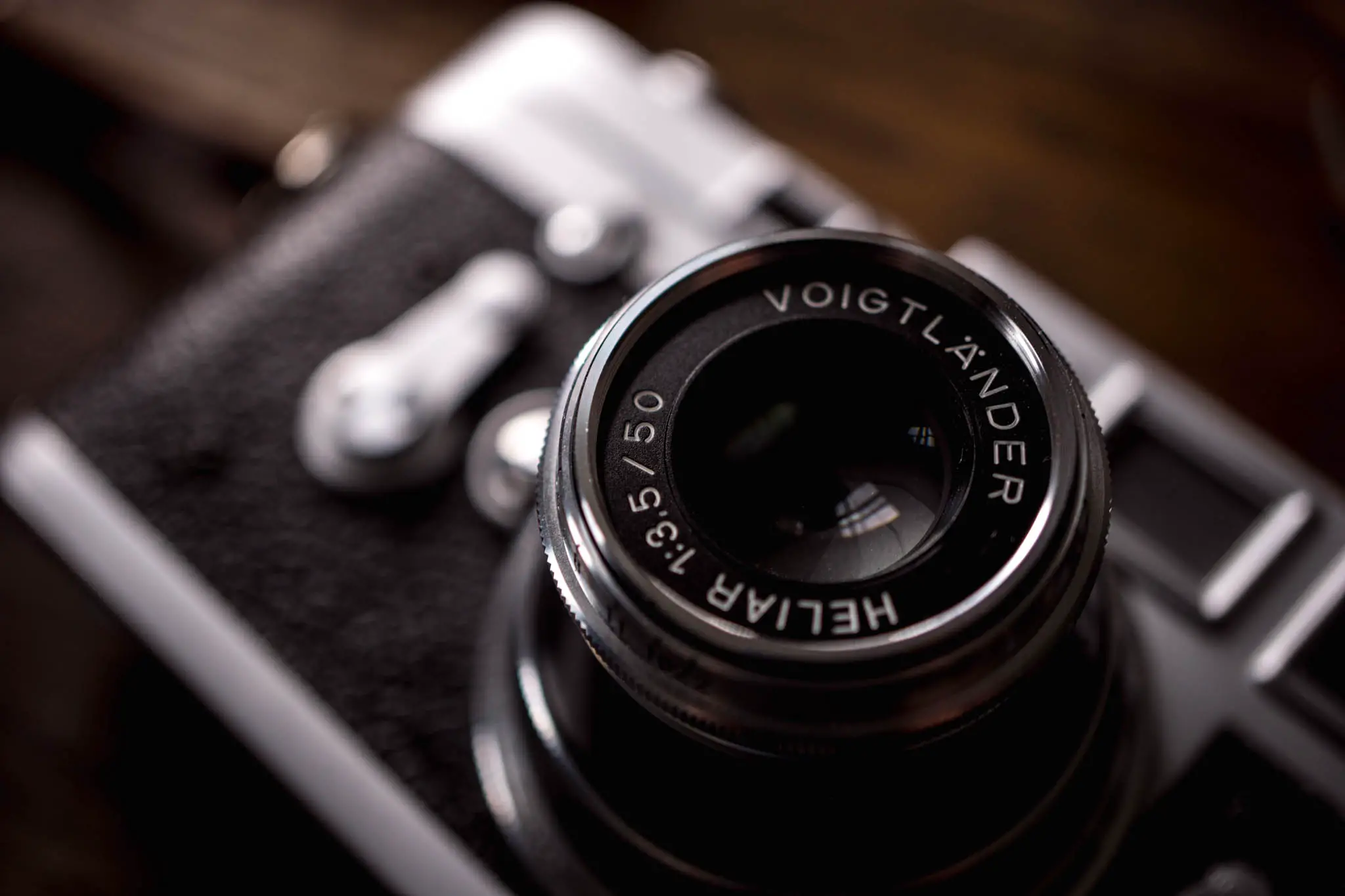
Handing issues
For me, there are three irritations that come with the odd design of the 50mm VM Heliar. The non-clicked aperture, small focusing ring and the fact that the lens’s focusing helicoid doesn’t use keys, all cause frustrations born from its esoteric design.
The latter means the whole front part of the lens rotates including the aperture control when you focus. The outcome of the this is that the aperture control isn’t always centred when you look down onto it over the front of the camera. I can sort of forgive this in older lenses, or lenses that are designed to be particularly low profile, but I just didn’t feel that forgiving when it comes to this lens – at least not to start with.
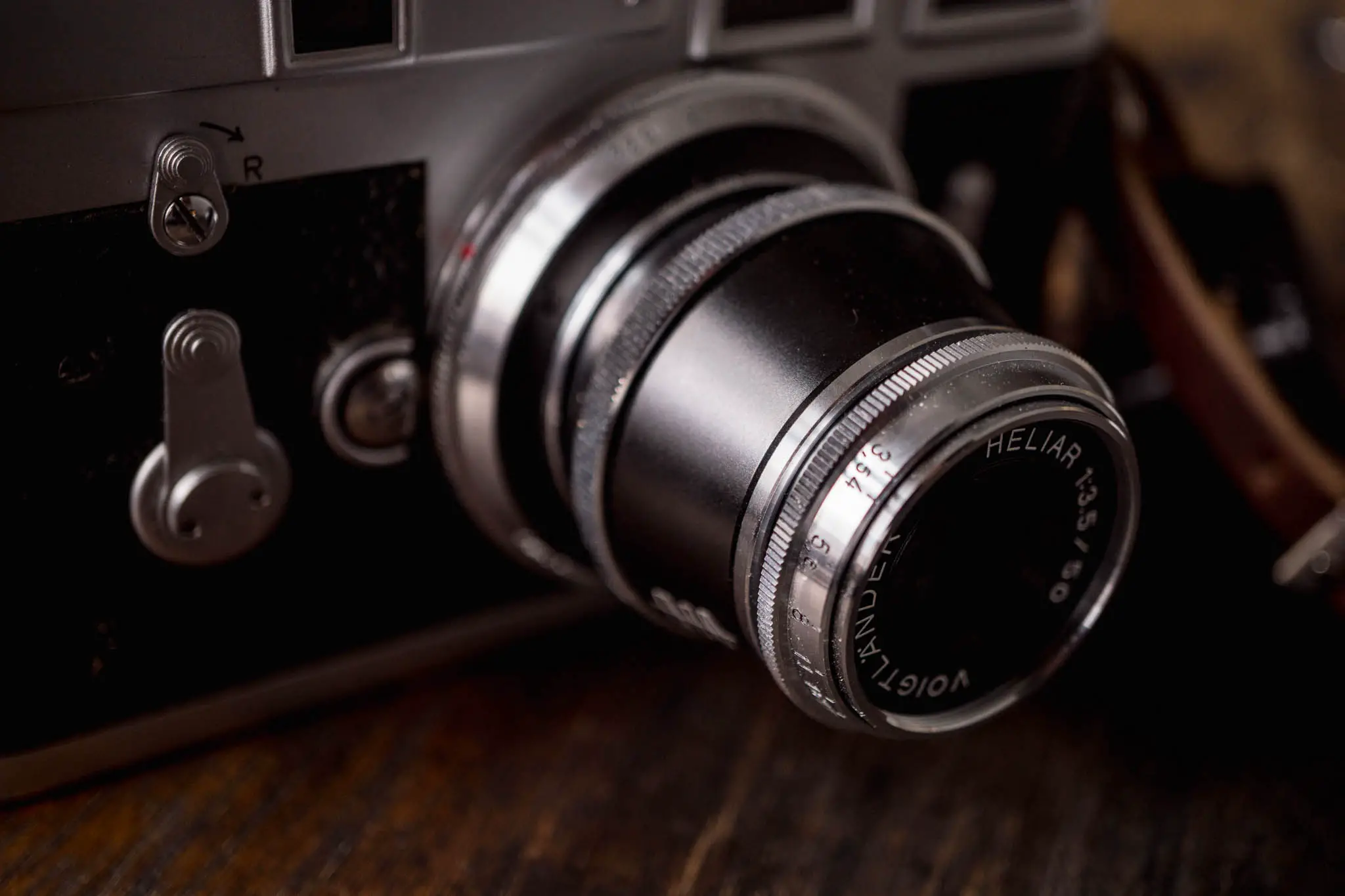
In use
The outcome of the design is that depending on how you approach using it, you might find it to be a lens that’s not that quick feeling to use. This comes from the fact that you have to look at it quite closely to change the aperture, and often if you’ve already focused, you need to adjust the focus again after you’ve change the aperture.
That all said, in practice, I did get used to it. I think the thing that eventually swung a little bit of favour and allowed a modicum of forgiveness for the design in me, is that actually it feels like a design that pushes you to use it in a specific way. In use, I found myself much more readily sticking to an aperture and adjusting the shutter speed. To be fair, I possibly shoot like this more than I think anyway, but with the 50mm VM Heliar I felt a lot more conscious of the need to preset the aperture. This is in fact just this sort of limitation within my gear that I find myself enjoying in use. When I’m out taking photos for my hobby, I like the feeling of being forced to think harder about what I am doing.
But, whilst I quite like the sort of limitations the 50mm VM Heliar imposes – the motivations behind the design decisions in this lens don’t feel as though they relate to the imposition of limitations for good reasons. That is to say, it doesn’t feel like this lens has been designed to to be limiting in the way it is because it needed to be, it feels like it’s limiting nature is a by product of a slightly unnecessarily indulgent design.
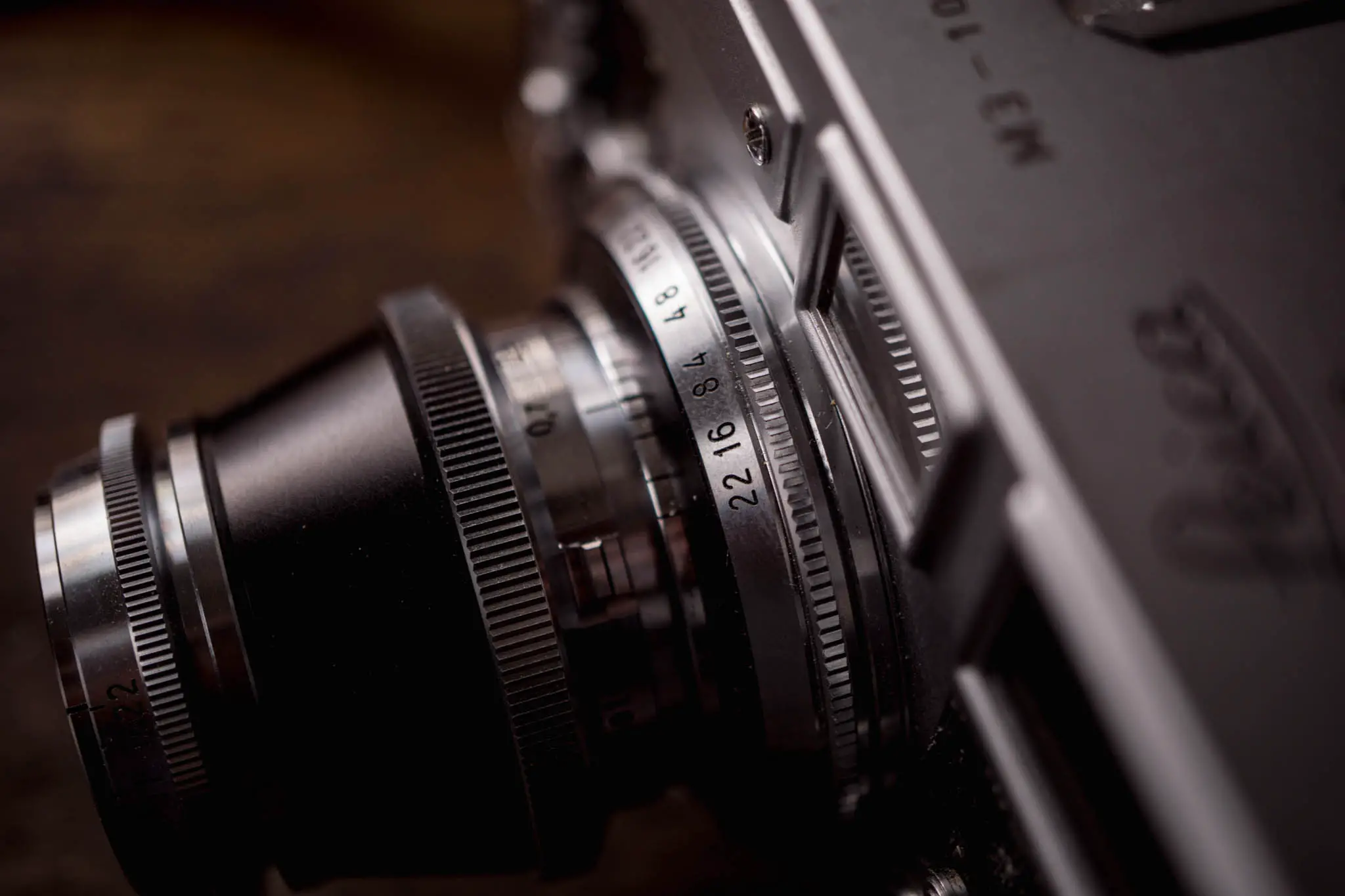
This differs from some of the other lenses I’ve shot with that are fiddly to use in terms of changing the aperture (the MS-Optics 21mm for eg) which are designed in such a way to help maintain a low profile design. The difference here is that whilst it is a small lens, simply adding a bit of extra girth to it to allow for a more conventional design, wouldn’t have made it feel much bigger, but would have made it a lot easier to use – and I just can’t help being irritated by that.
Real life example photos
Before I conclude my review, I want to show you a whole bunch of photos that I took with the 50mm VM outside of the aforementioned desire to test it’s sharpness. Apart from anything else, these were all taken on 400 ISO film, which isn’t exactly the final word in sharpness. As such, these images don’t show off the absolute sharpness of the lens, but more importantly, they do show the overall feel of this lens…
Some London street shots with Ilford HP5+
Portra 400
A hazy day at Elan Valley with Portra 400
Skip to the end
I’m not usually the type to revel in objective perfection when it comes to lenses, but the great thing about what the 50mm VM Heliar is capable of is that with the very high level of optical quality comes a sense of something really quite special in the way it renders.
Now, I will admit, perhaps I am over thinking this? I read on one forum post where there was a discussion around the Heliar lens formula as a whole – there were many similar (and some differing) opinions to what I have written above, but the thread came a point where someone cut through all the subjective waffle with a comment that went something like “…where people want to see magic, they see magic” (think of all the topics that could be applied to…!?)
Perhaps I am looking for magic, and therefore finding it through my own subjective observations. Maybe I’m just then just trying to rationalise what I think I see with a swathe of waffle about what just amounts to a lens that is simply optically very good.
But to me the level and quality of the character of the 50mm VM Heliar doesn’t feel forced or overly clinical, it doesn’t feel like a trick, it just feels organic, neutral and realistic, like a very clear window to what was there when the photo was taken – and this for me sums up everything I found that I really like about the way that this lens renders. As such, it still makes sense to me that even if all all the wishy-washy waffle I have written is nonsense, what still remains is a sense of uncontrived quality.
Which is exactly why the design of the lens bothers me so much. What sits alongside the uncontrived image quality is a contrived and indulgent lens design that feels like it detracts from the lens as a whole.
That said, I must admit I did forget about how much nicer it could have been to use if Voigtlander hadn’t designed it to be a pseudo-vintage conical oddity. In use I just got on and shot it, dealt with, and even enjoyed the limitations the design brings… I just can’t escape from the feeling that if it had been designed like a “normal” m-mount manual focus lens, the Voigtlander 50mm VM Heliar could have been an understated masterpiece…
You can find a bunch more photos I took with this lens on my flickr here
You can find another review on Leica Rumors here
And finally, if this review has inspired you to buy one of these lenses – please get in touch with me directly. I am now a UK retailer of Voigtlander lenses, and am in the process of building an online shop to sell them along side a few other bits of kit that I like. I am doing this in a bid to try and make this website viable long term, so if you want to help keep 35mmc going, buy from me!
Share this post:
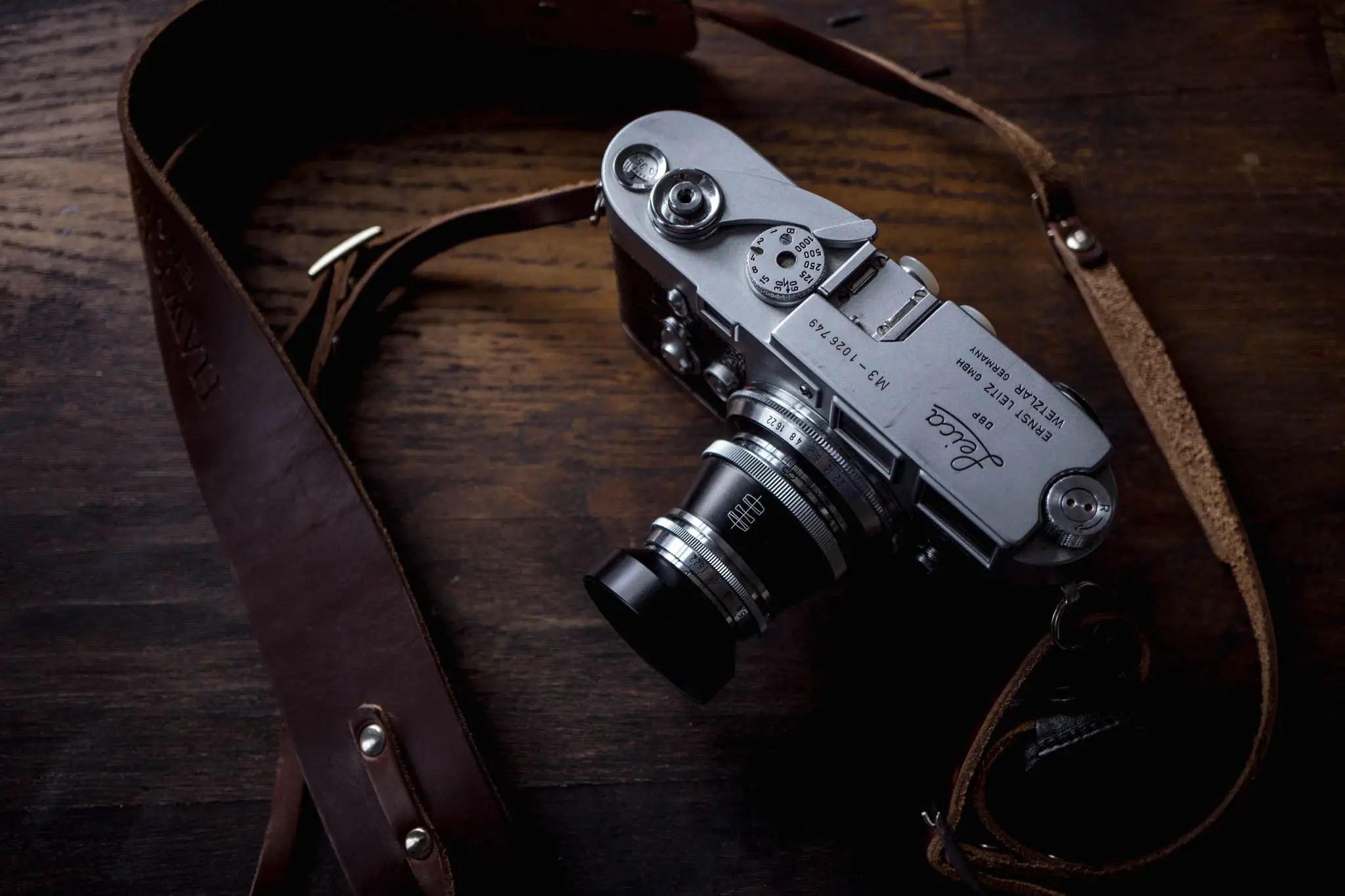
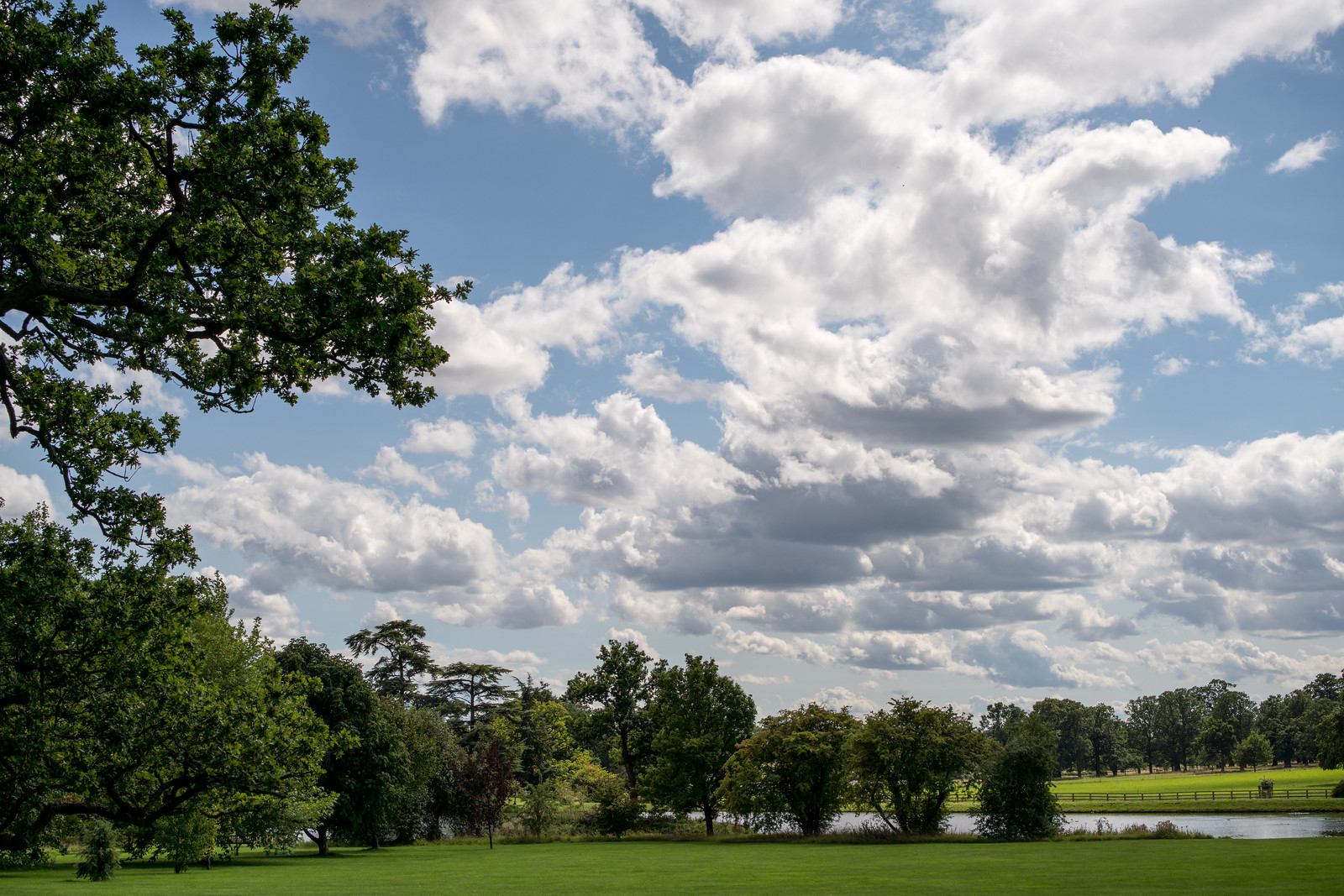

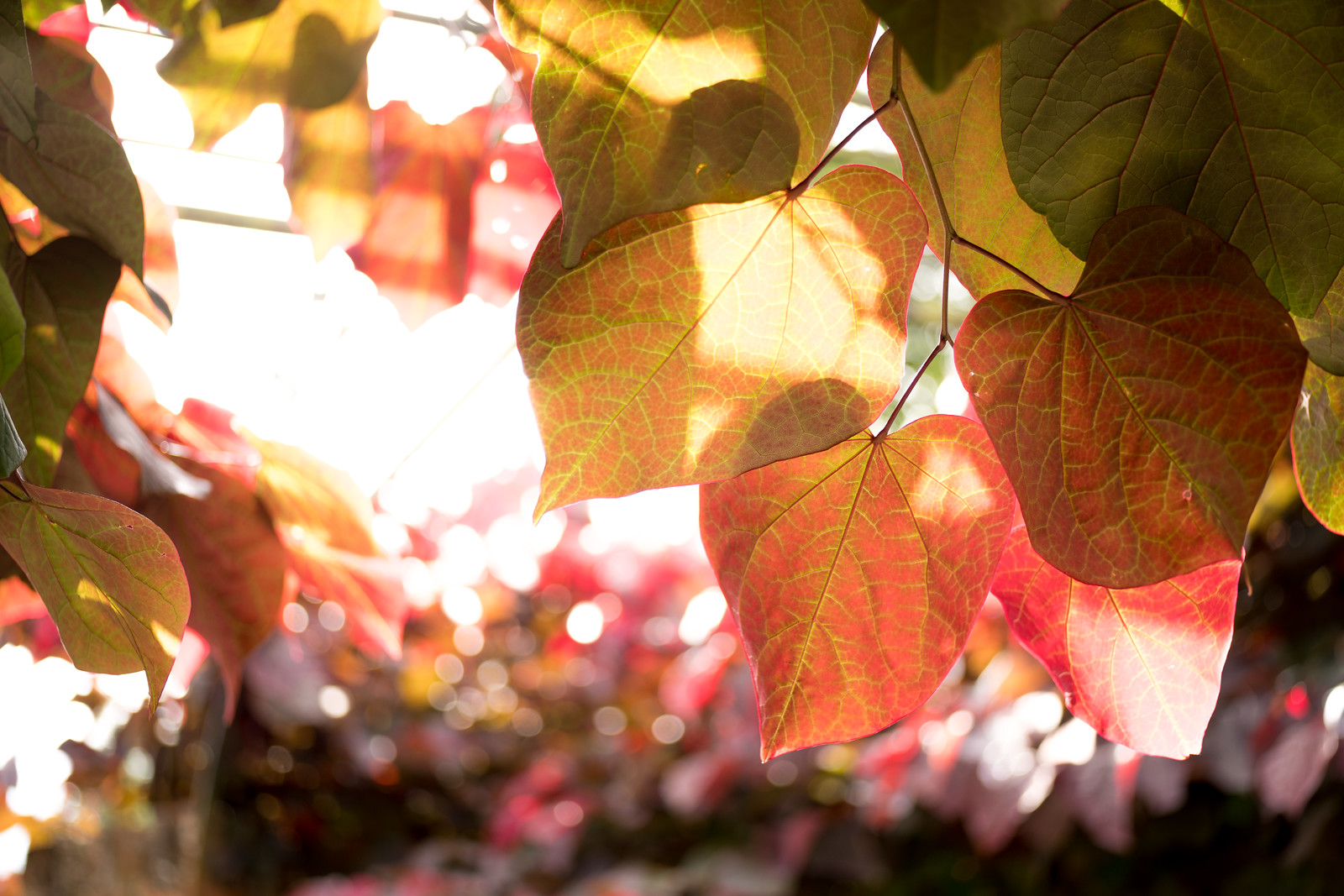
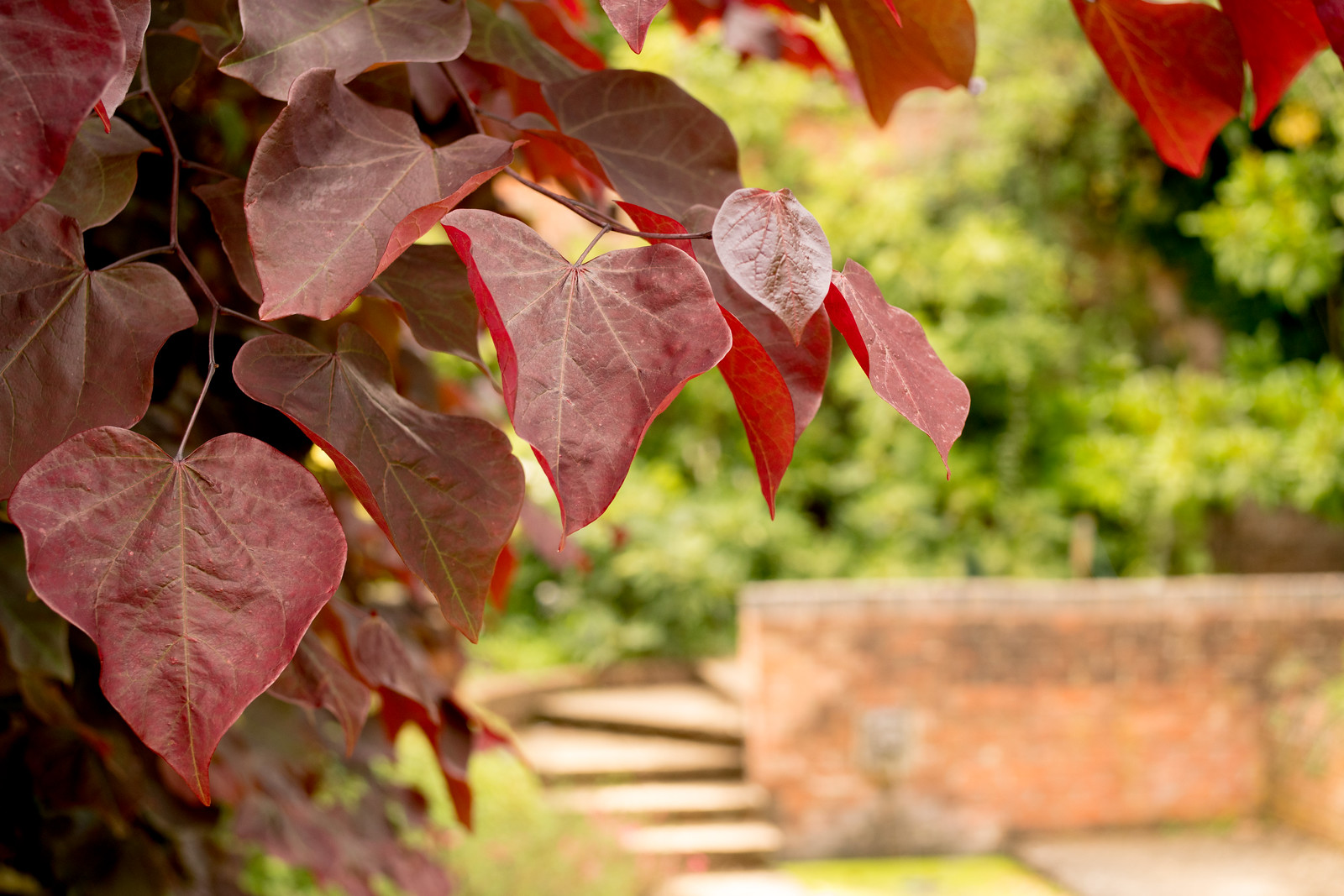

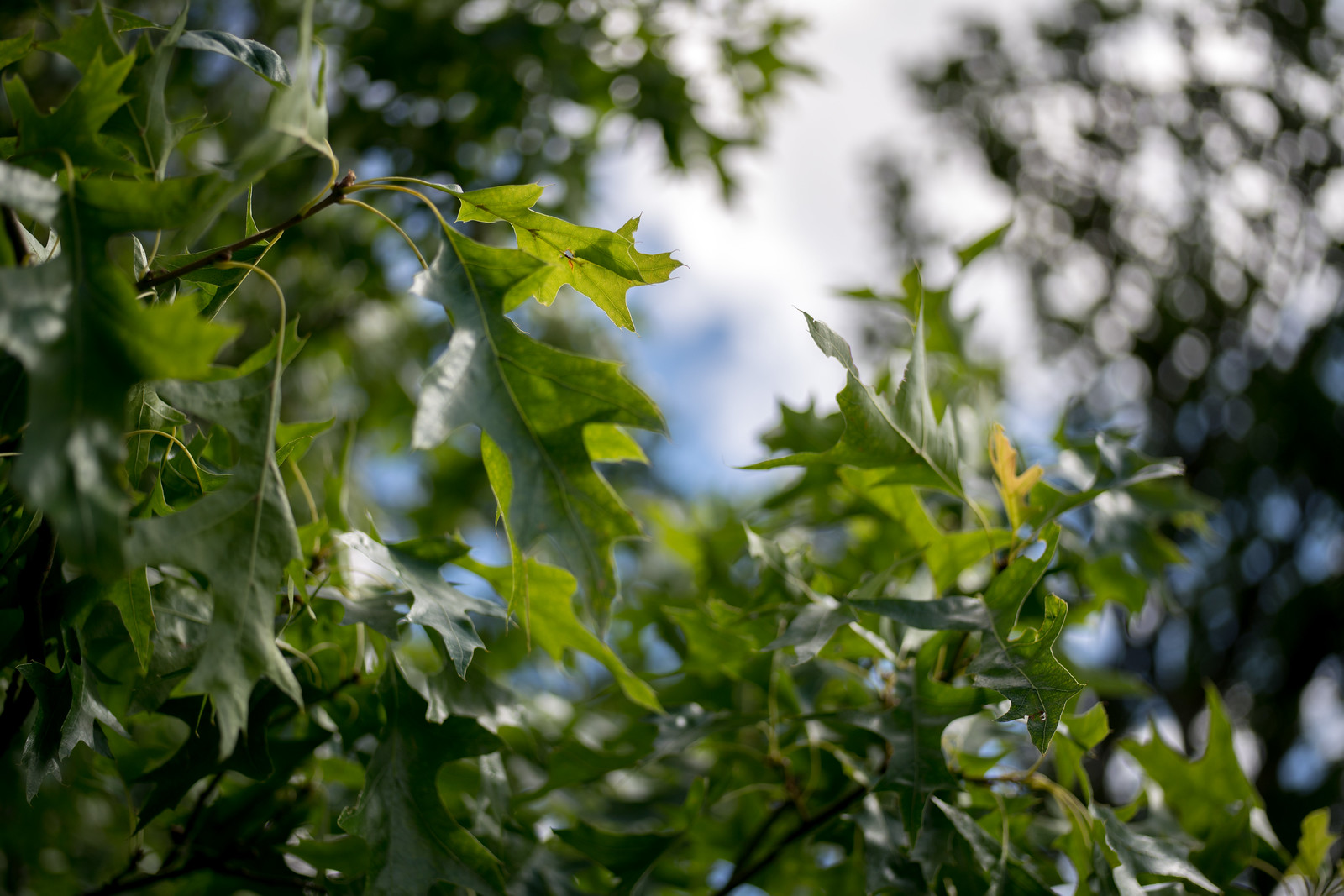
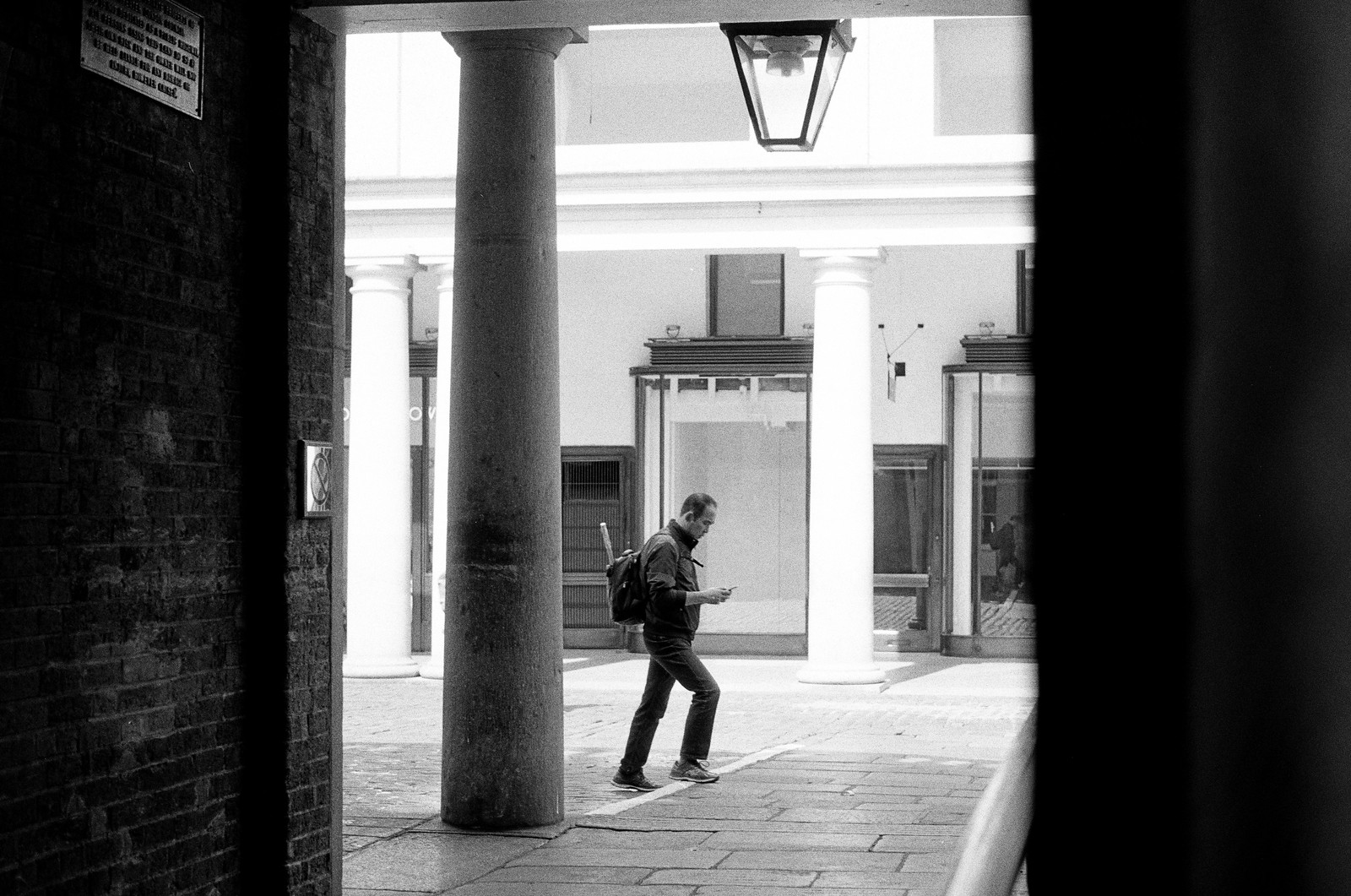
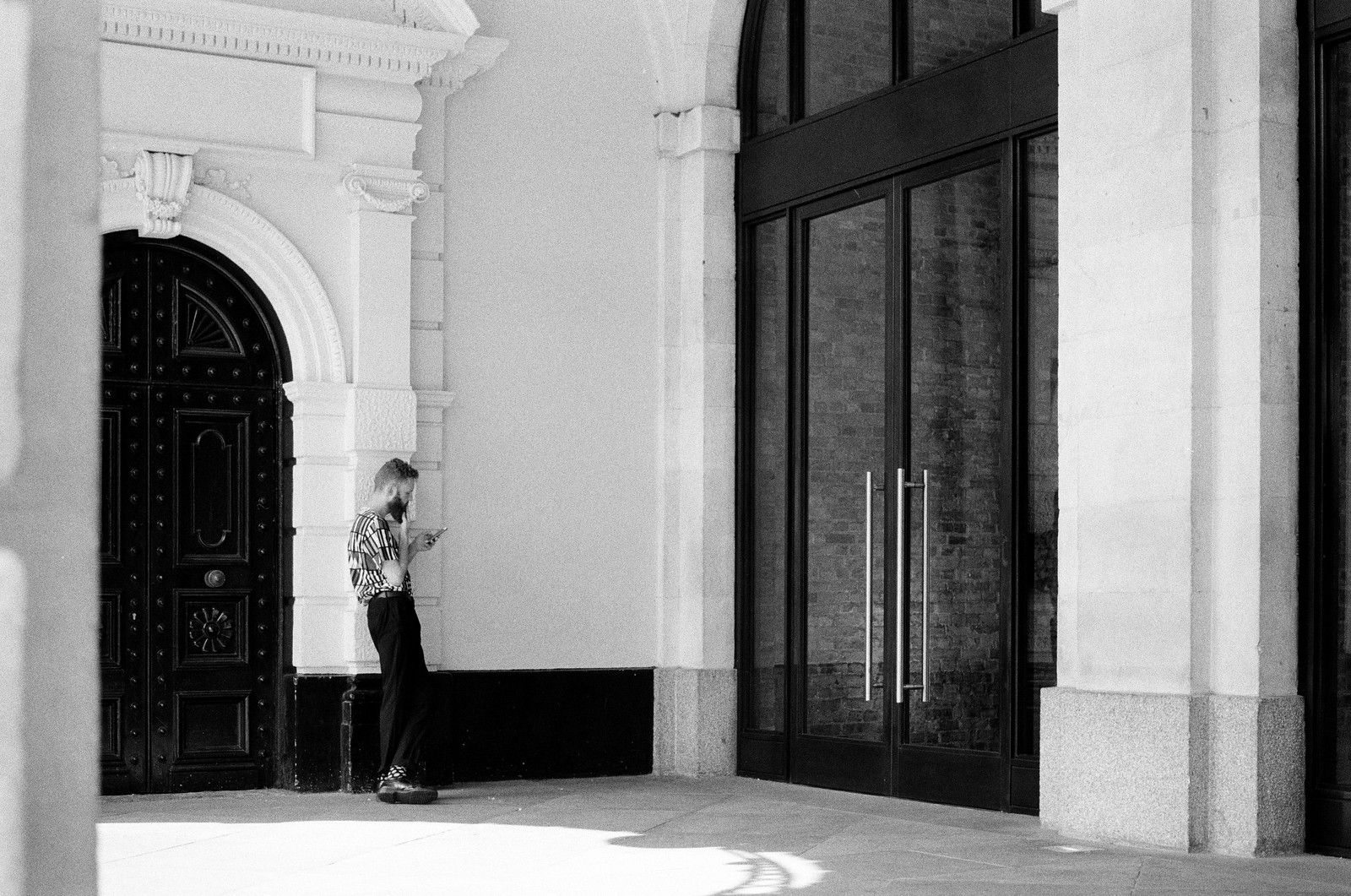
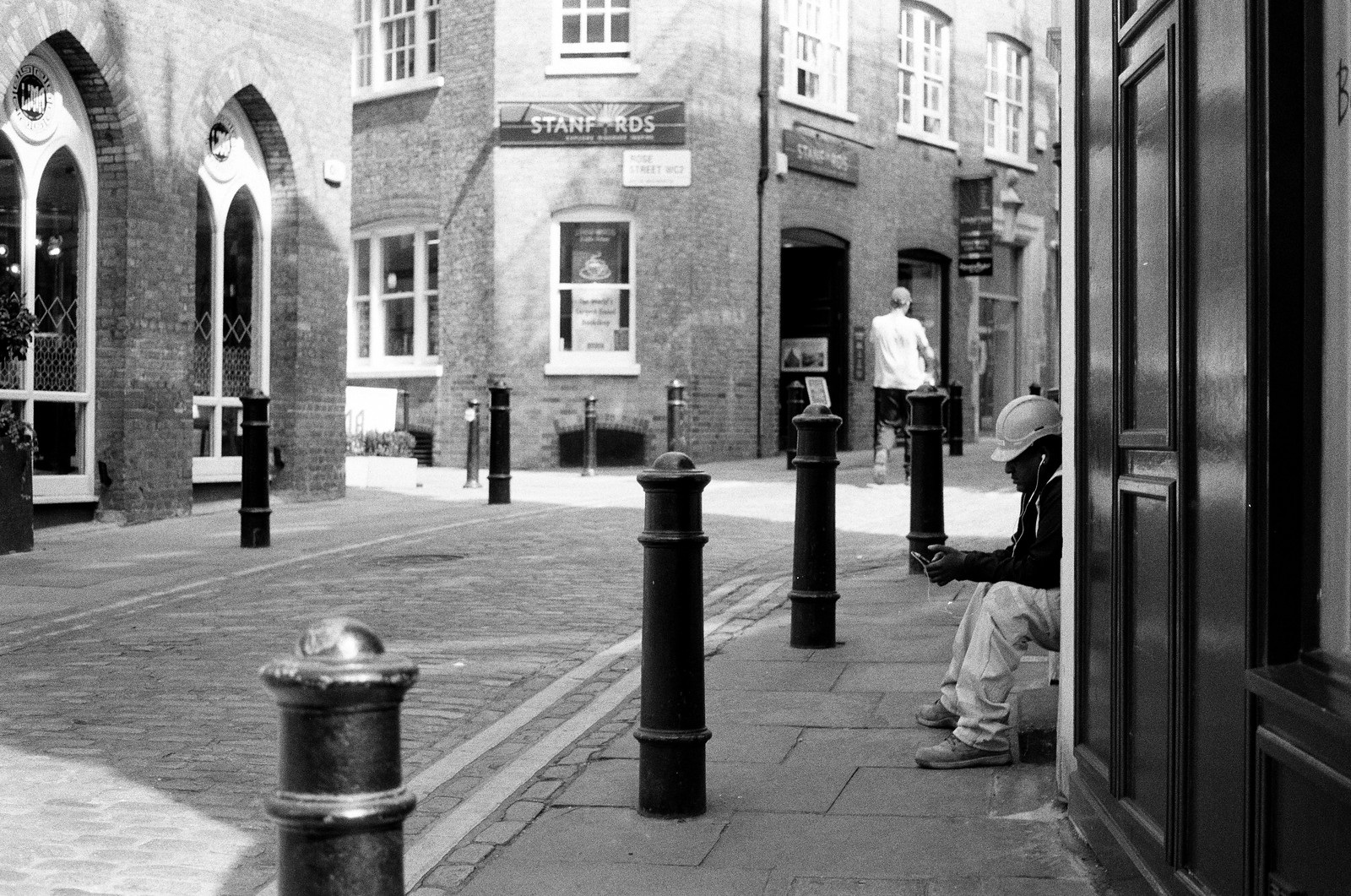
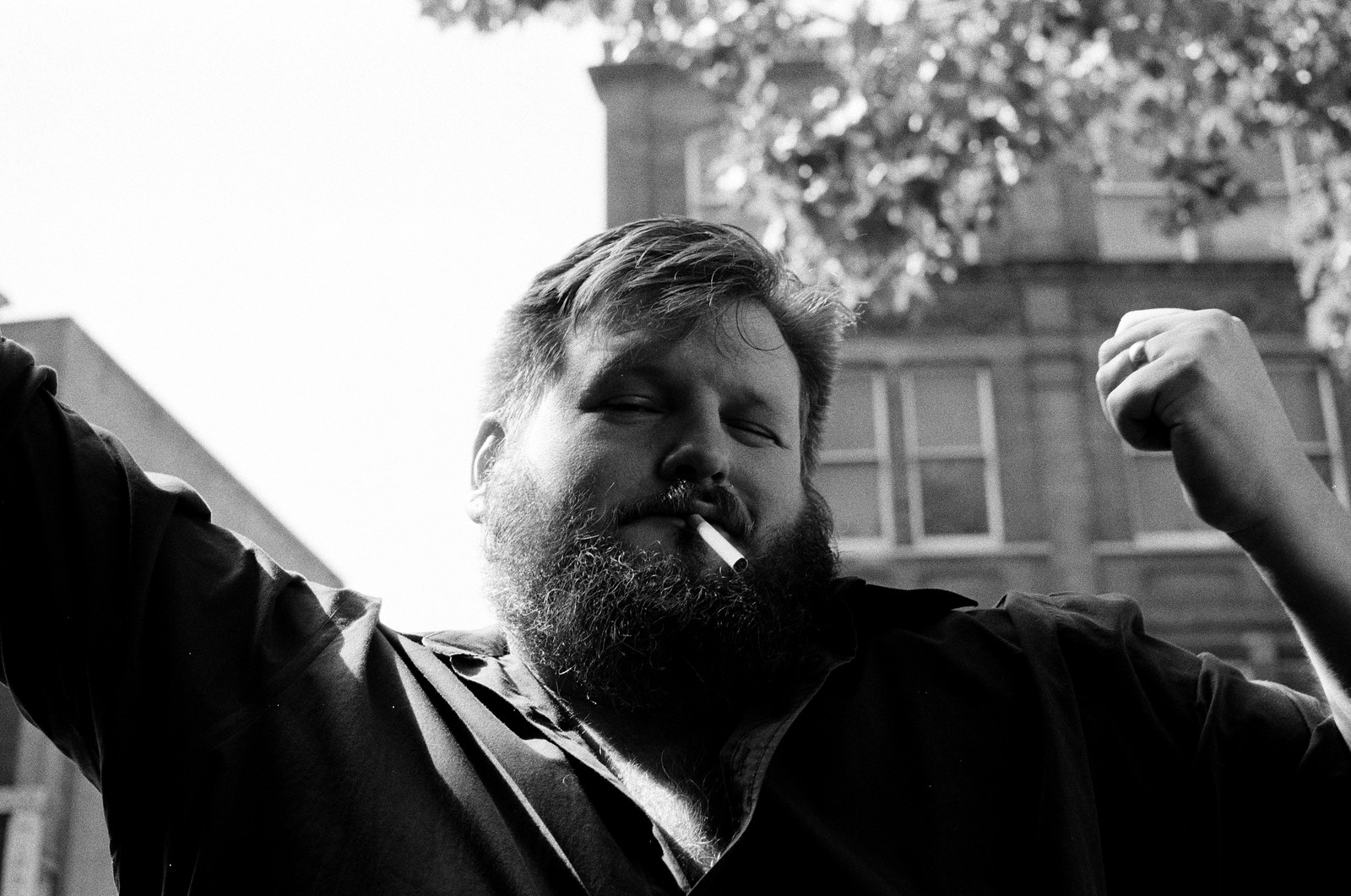
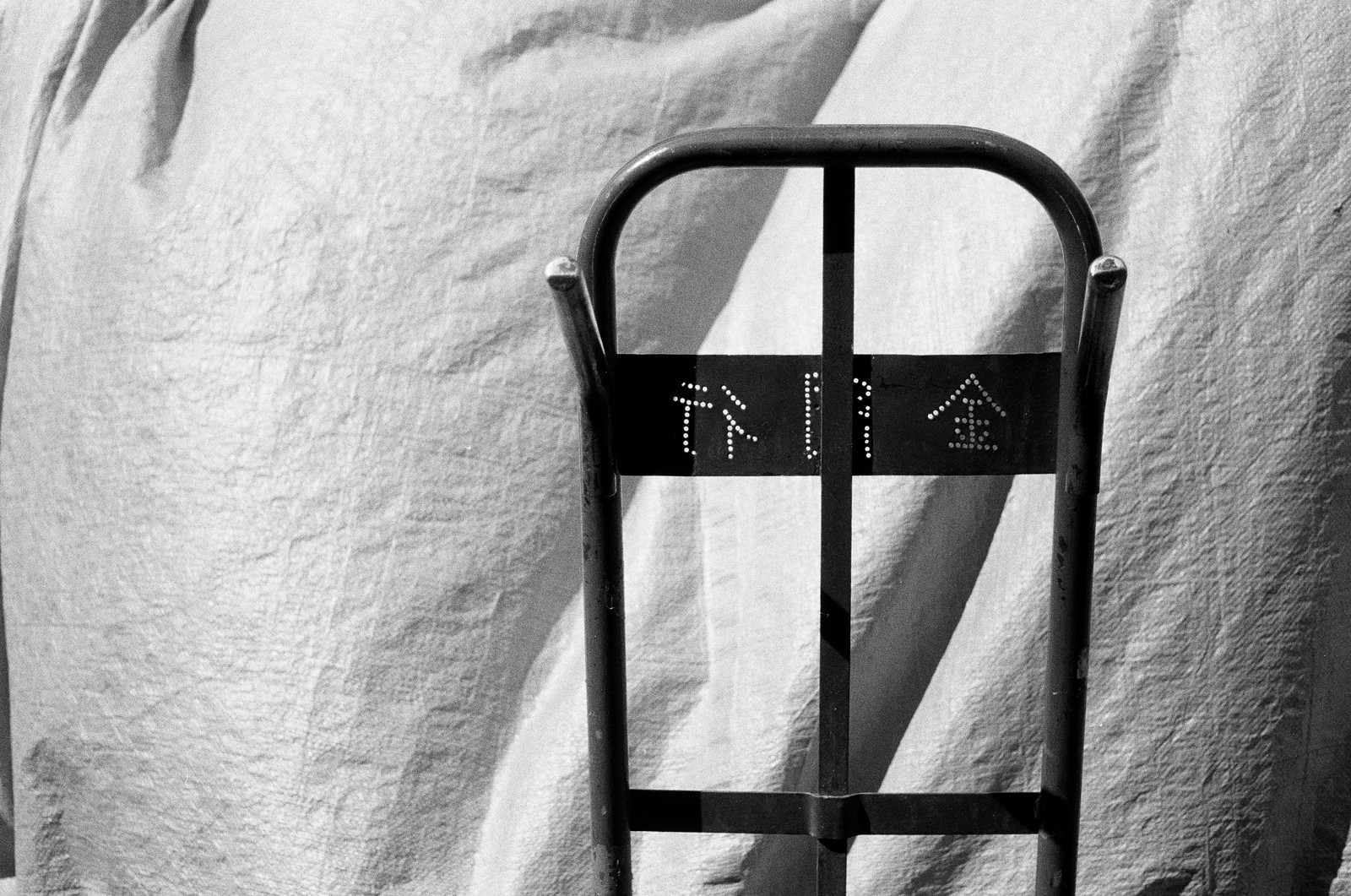


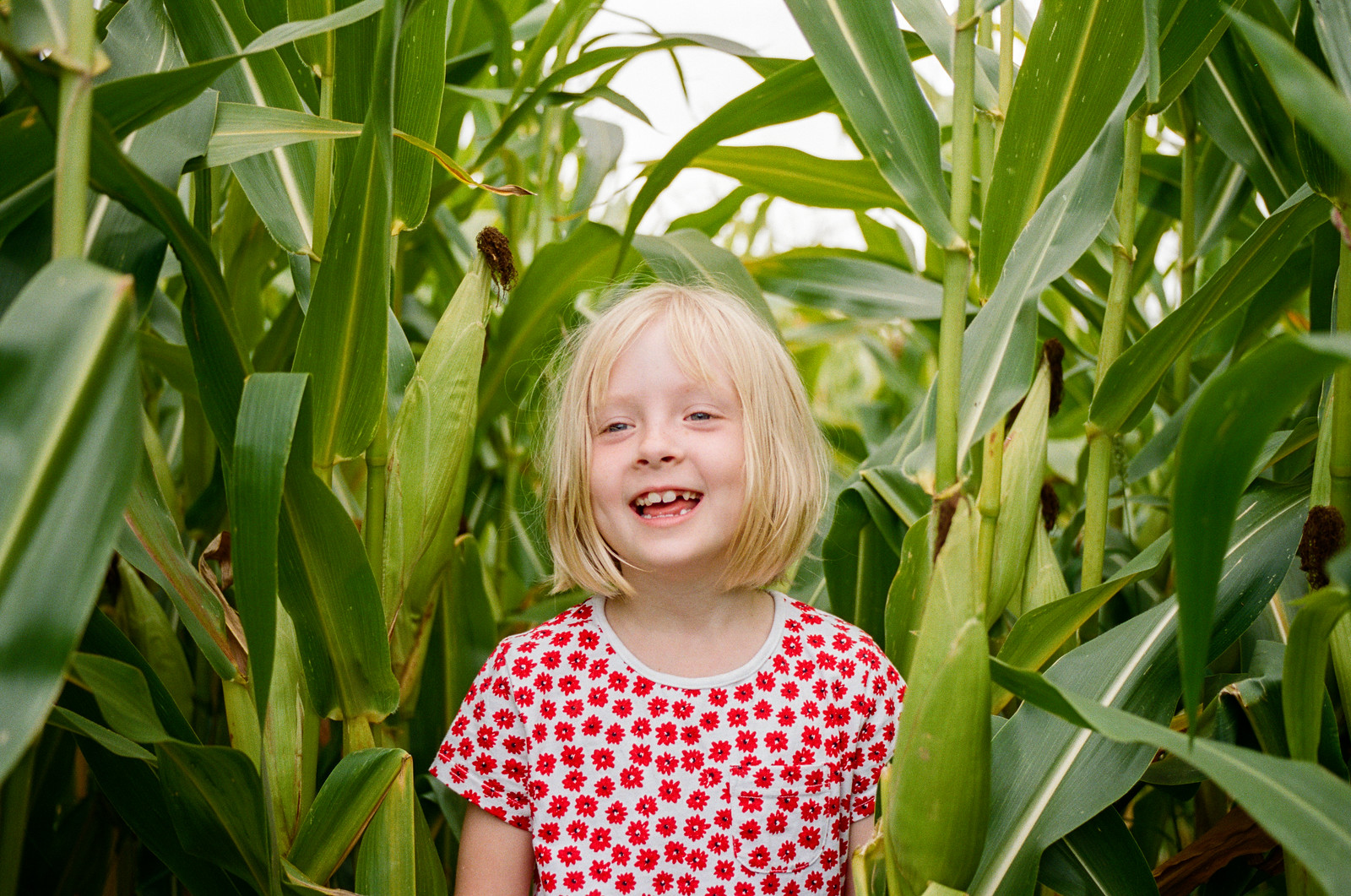
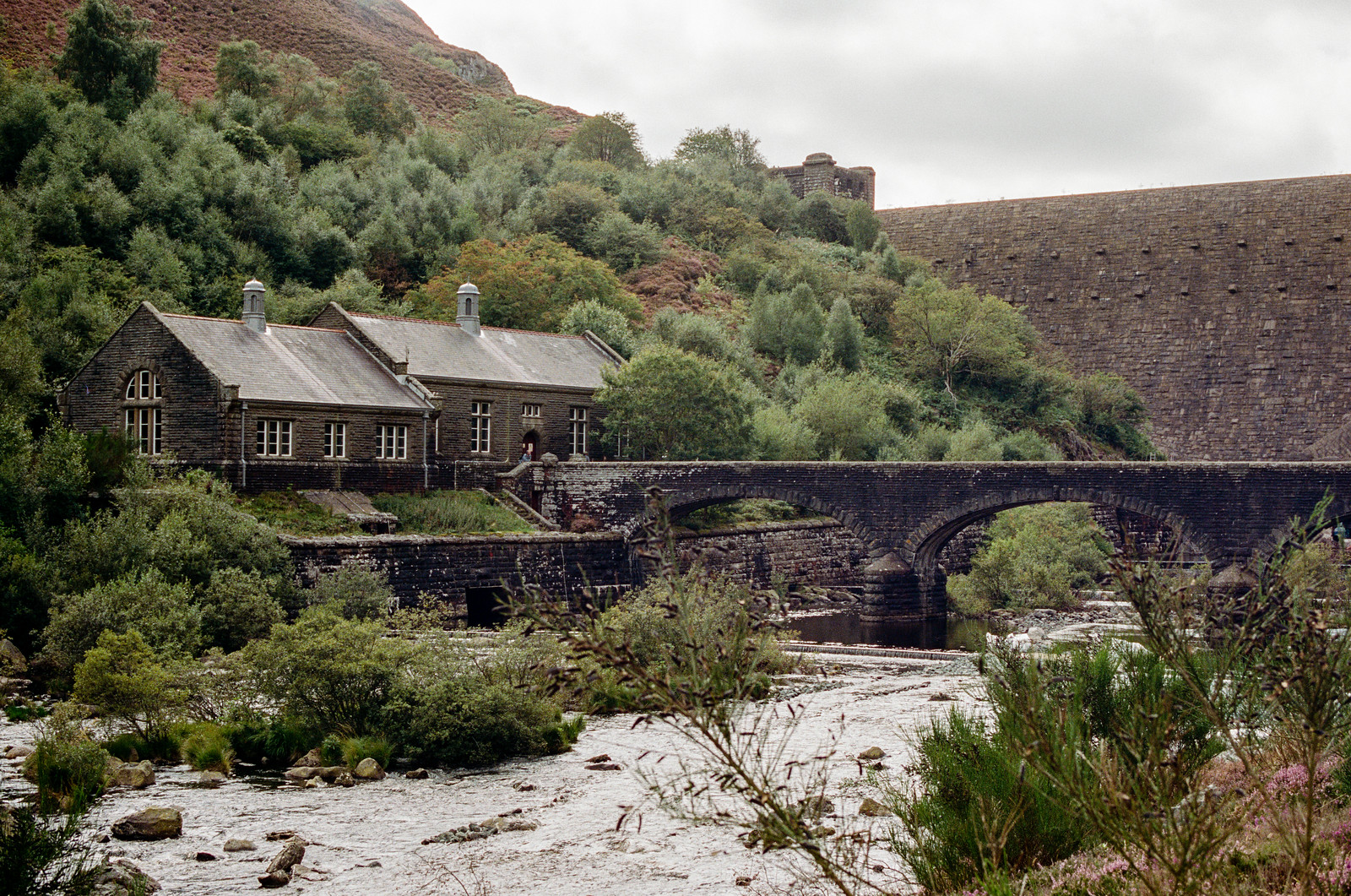
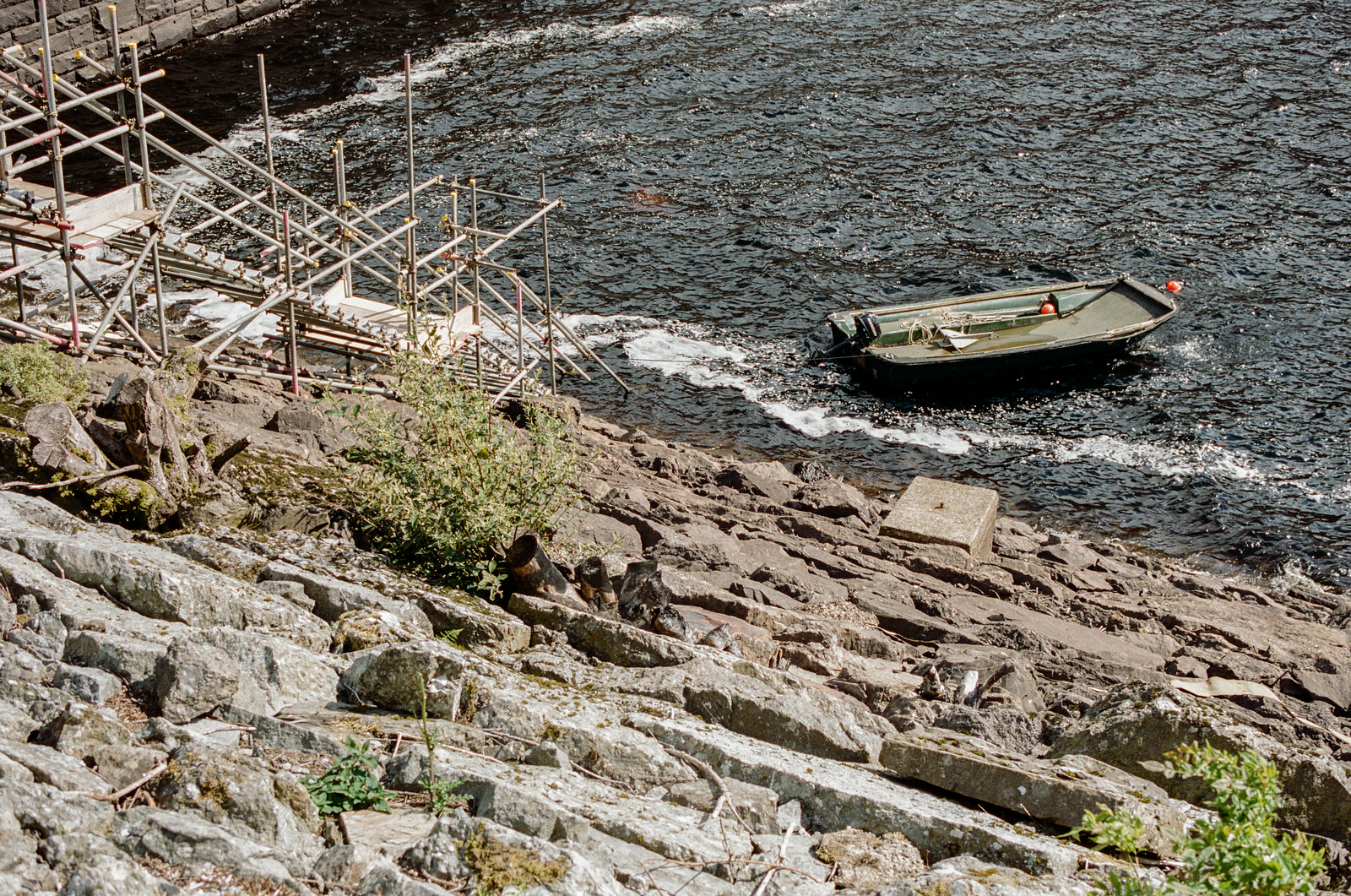
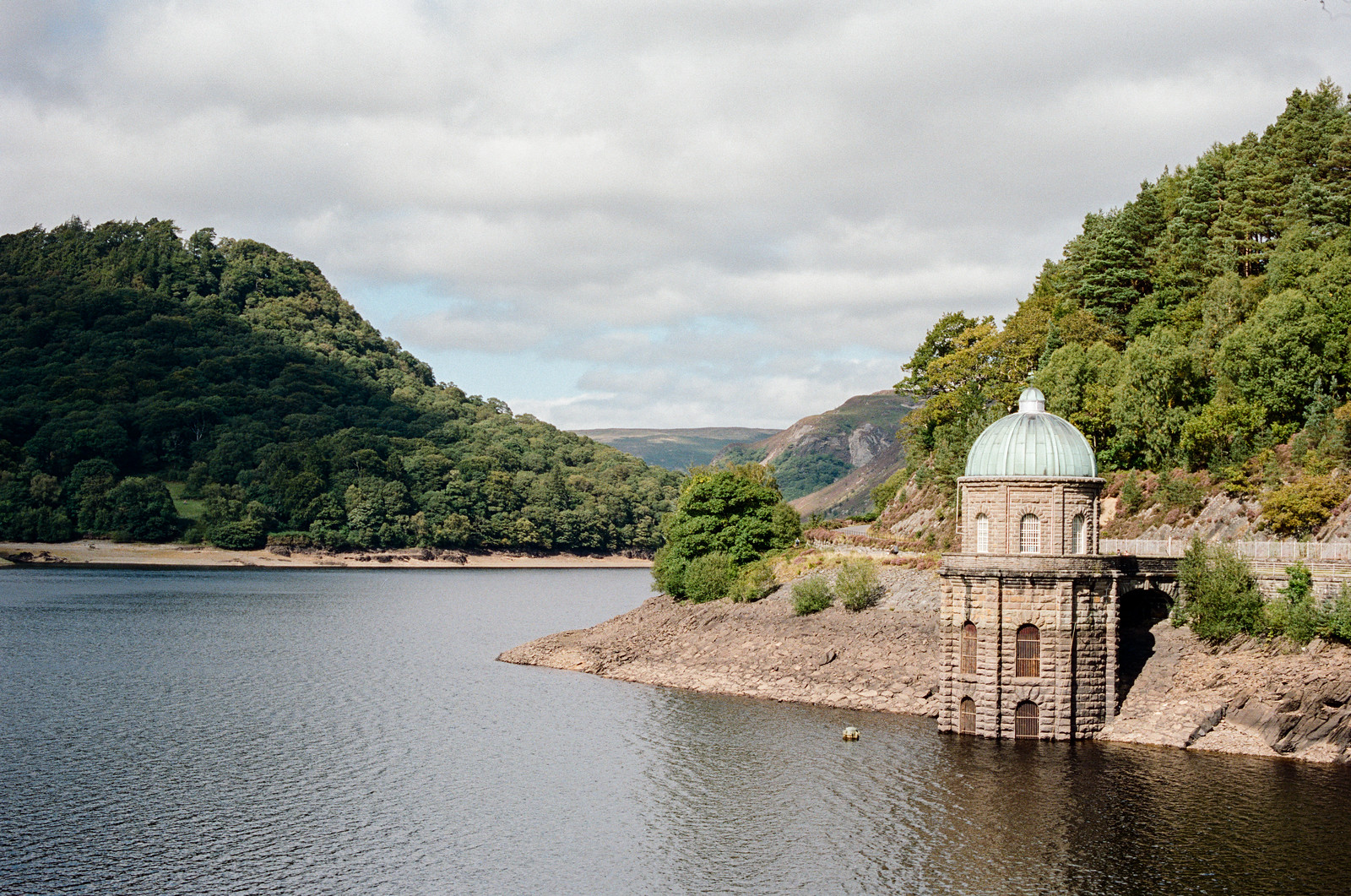
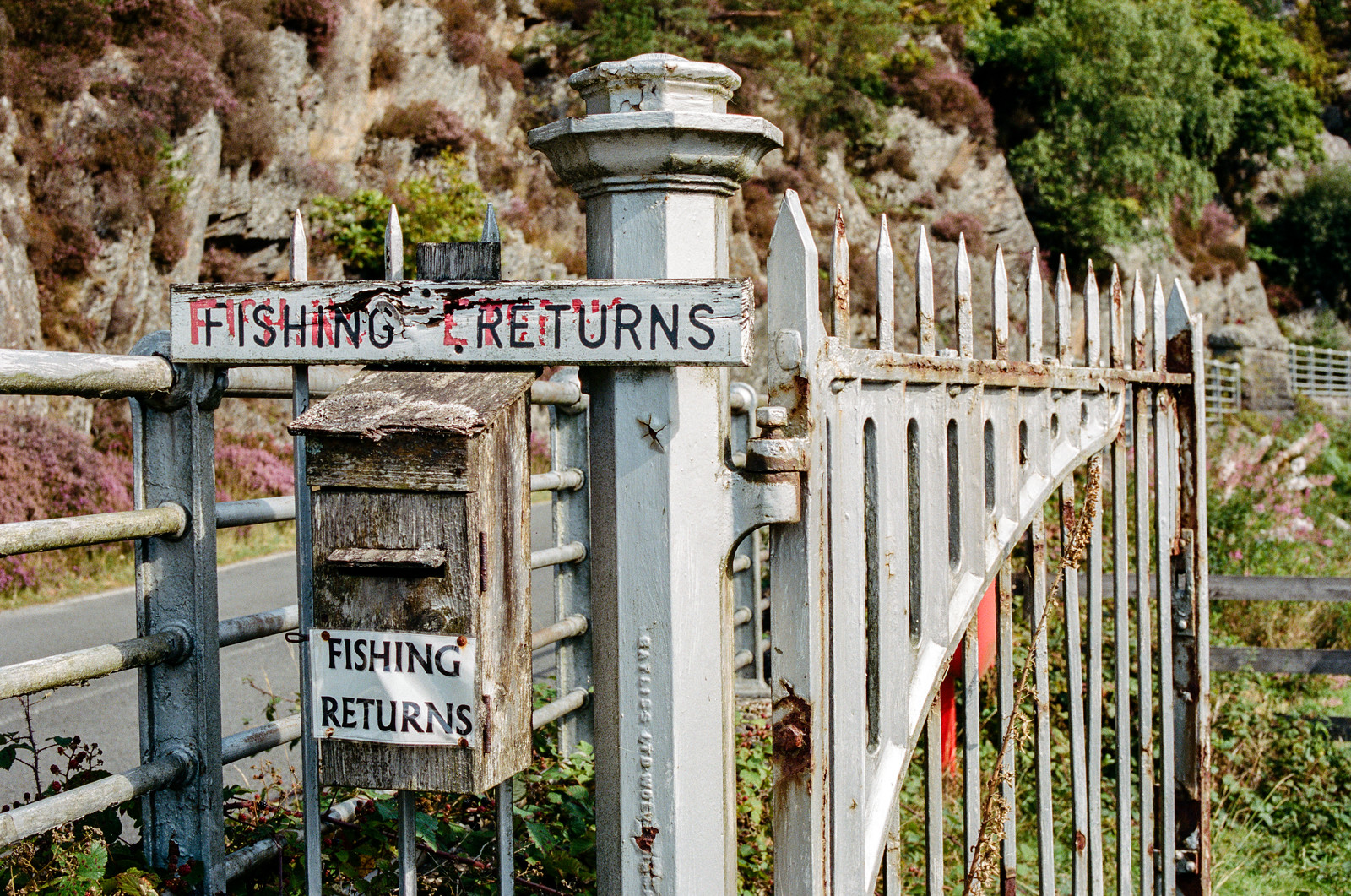
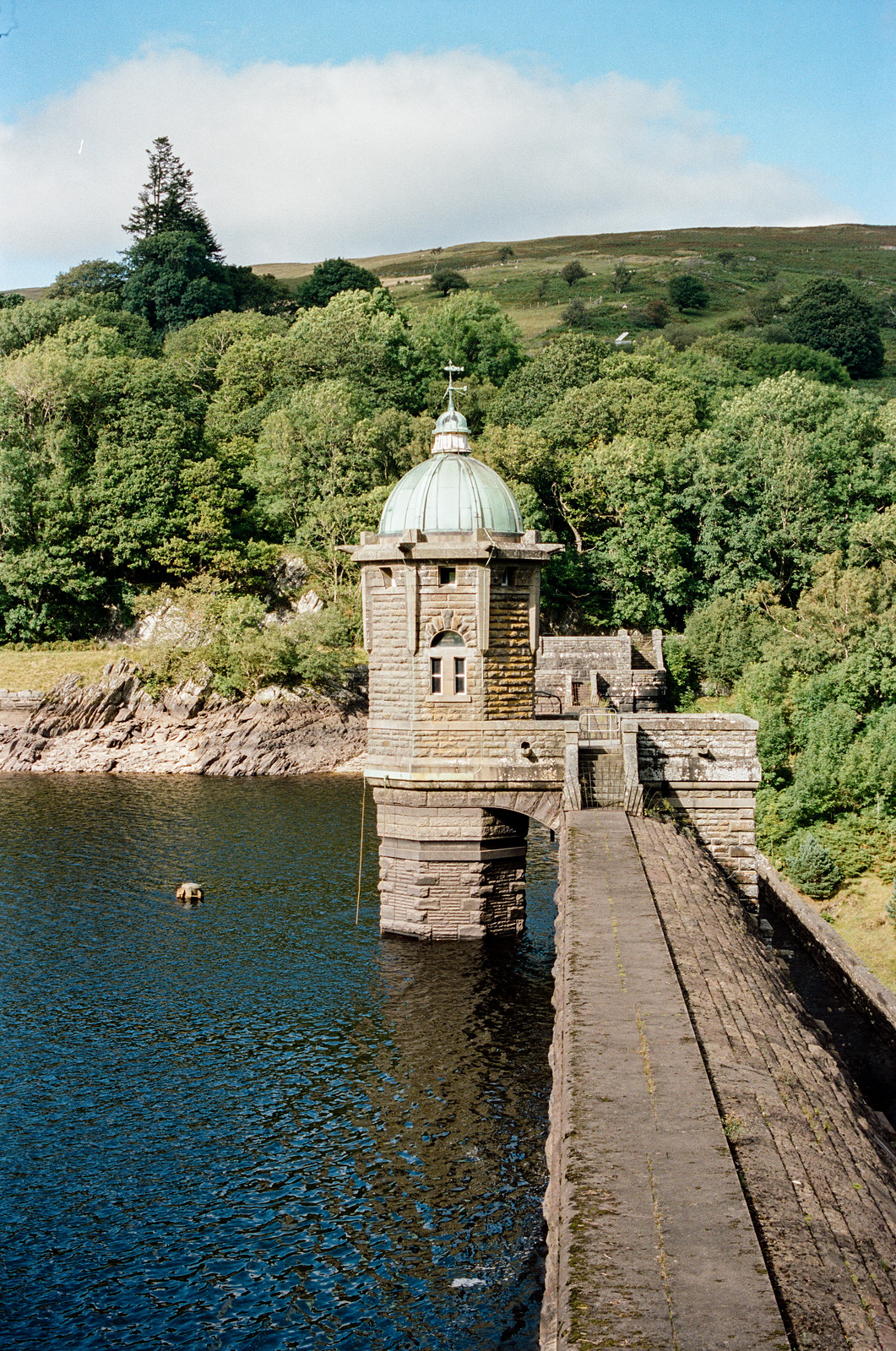









Comments
Terry B on Voigtlander 50mm 3.5 VM Heliar – a review of two halves
Comment posted: 16/09/2017
I am sure that the design clues for the lens is a deliberate homage to the 1840 Daguerreotype camera No. 84 .
Comment posted: 16/09/2017
Robert Lai on Voigtlander 50mm 3.5 VM Heliar – a review of two halves
Comment posted: 16/09/2017
In the meantime, I picked up from a seller in Belgium a 1947 Voigtlander RF 6 x 9 cm folding medium format camera with a Color-Heliar (coated) lens. That Voigtlander could restart production so soon after the devastation of WWII is amazing. I've had the camera fully overhauled, and I do enjoy the Heliar rendition. It seems to be a high resolution, medium contrast optic. It has a sharp but still somewhat vintage feeling medium format image.
I think you would actually like in the 35mm format the Heliar 50mm f/2. By opening up the lens 1.5 stops, you now have a lens with lots of character. Wide open it's pleasantly glowy, with a sharp central core. Stopped down, you get sharper and sharper until it becomes a regular modern optic. So, you have optical character control just with the aperture setting alone.
Finally, you may want to give the Zeiss Contax / Nikon S / Kiev cameras a try. They have very compact 50mm lenses because the helical is built into the camera. This also means that the lens spins around as you focus, so the aperture marks may disappear to the undersurface of the camera as you focus. Some really wonderful lenses are built in this mount, including your beloved Jupiter 8. I have the Jupiter 3 (Ukranian copy of the pre-war Zeiss 50mm f/1.5 Sonnar), and it is a really beautifully rendering lens. Zeiss / Cosina Voigtlander even made a special run of the current C-Sonnar 50mm f/1.5, and put it into the Nikon S mount. I purchased one of these recently, and it does also focuses properly with my Kiev IIa, and Contax IIIa. In the Nikon S / Contax RF mount, it is tiny compared to its "big" Leica M mount brother. The optics are the same.
Why would you want to try?
The aesthetics of the Contax / Nikon S are just different. I have several Leica M, and I love them. But, they seem so business-like. The Contax has a really different feeling. The very long rangefinder baselength and the fine pitch of the helical means that focusing feels as if you are calibrating a scientific instrument, rather than just focusing. Since you appreciate aesthetics, you should at least give one a try.
Comment posted: 16/09/2017
Comment posted: 16/09/2017
Rollin Banderob on Voigtlander 50mm 3.5 VM Heliar – a review of two halves
Comment posted: 16/09/2017
Comment posted: 16/09/2017
Neil Woodman on Voigtlander 50mm 3.5 VM Heliar – a review of two halves
Comment posted: 16/09/2017
Comment posted: 16/09/2017
Comment posted: 16/09/2017
Comment posted: 16/09/2017
George Appletree on Voigtlander 50mm 3.5 VM Heliar – a review of two halves
Comment posted: 17/09/2017
At the end the organic and 3D features are rather ethereal
Comment posted: 17/09/2017
Comment posted: 17/09/2017
Comment posted: 17/09/2017
Comment posted: 17/09/2017
MIKE HINKLEMAN on Voigtlander 50mm 3.5 VM Heliar – a review of two halves
Comment posted: 18/09/2017
(I personally am a sucker for accutance or for that matter auditory accutance as well. )
The voigtlander does show apparent accutance on your digital sensor - like unmasking. Not so much with film.
The whole subject of resolution and contrast and the allure of sharpness has essentially been way overdone certainly for years or even decades of internet discussion. My opinion is we're talking about accutance which is pleasing to at least some of us depending on the way our brains process visual data into perception. I might add that for machine vision accutance is not merely worthless but an extra software correction chore wasting valuable processing cycles.
I have no idea if you have experience with the old leica summar 5cm but you might want to give it a shot. The lens can produce images that are startling I believe because or its contrast characteristic. (There's a review on Stella's site under Leica Reviews) For digital you might try a low(er) res sensor like the RD1 or M8. For film APX 100 or similar in Beutler. GL
Comment posted: 18/09/2017
Allan on Voigtlander 50mm 3.5 VM Heliar – a review of two halves
Comment posted: 30/09/2017
I heard that said as "We see what we believe, not the other way round."
Anyway, yes, the design of this lens put me off from even considering it. In fact, several of the latest generation of Voigtlanders seem to have gone off the deep end design-wise. The 50mm f1.5 and 35mm f1.7, with their odd, lumpy focusing rings, the 35mm f2.4, a compact black lens with an out-of-proportion chrome bayonet hood mount, and so forth.
The older, LTM Voigtlanders were simple, plain and businesslike. I liked them better.
Comment posted: 30/09/2017
Paul Lefko on Voigtlander 50mm 3.5 VM Heliar – a review of two halves
Comment posted: 16/01/2018
I love your review and thank you for doing it. Its hard to find material on non-mainstream lenses. I kinda think If I send it back I will miss it, its really that good. I will try to get some images up on my website later. There is some on IG, but I would have to label them somehow.
Comment posted: 16/01/2018
7Artisans 35mm f/1.2 - my new mini super-sonnar - 35mmc on Voigtlander 50mm 3.5 VM Heliar – a review of two halves
Comment posted: 20/01/2018
Tom on Voigtlander 50mm 3.5 VM Heliar – a review of two halves
Comment posted: 02/04/2018
This lens is an oddity but I may give it a chance. I own the loxia 50mm and Voigtlander 65mm F2 APO. The loxia is quite good optically but suffers a mid and corner dip in resolution until stopped down to around F4-5.6. The aperture ring is a bit irritating as well and finally, the bokeh is choppy at mid apertures. It does have its charm though! With that said, I might give this I try since I normally shoot at F4 and down anyways. I have other lenses for speed and I do like the look of this.
Another one I just picked up is the 75mm 2.5. Another classic for sure!
Comment posted: 02/04/2018
Comment posted: 02/04/2018
Comment posted: 02/04/2018
Martin Hugh Henley on Voigtlander 50mm 3.5 VM Heliar – a review of two halves
Comment posted: 04/04/2018
Comment posted: 04/04/2018
Tom on Voigtlander 50mm 3.5 VM Heliar – a review of two halves
Comment posted: 06/06/2018
Comment posted: 06/06/2018
stephen edmunds on Voigtlander 50mm 3.5 VM Heliar – a review of two halves
Comment posted: 31/07/2019
Truth is just like zeiss lenses its just a cosina lens made in japan.
But if it was branded as cosina and had a modern practical design the illusion would fail and nobody would buy it.
Chauncey on Voigtlander 50mm 3.5 VM Heliar – a review of two halves
Comment posted: 08/10/2020
Comment posted: 08/10/2020
Scott on Voigtlander 50mm 3.5 VM Heliar – a review of two halves
Comment posted: 17/06/2023
Philip on Voigtlander 50mm 3.5 VM Heliar – a review of two halves
Comment posted: 25/09/2023
I shoot it alongside the 35/50 APOs - it is never disgraced in such company and has its own whimsical signature colour performance. Fussy backgrounds are handled with aplomb, enabling many landscapes that would otherwise be troublesome - few modern lenses produce this soft yet identifiable out-of-focus content character. Use a mech shutter (no EFCS) to retain the quality of the focus fade which is indeed so good reviewers would be delighted to see it in their late release optics.
And this unlocks a secret to many images - if focus fade is very good, somewhat OOF content is rendered very acceptably for context; far better than many 'moderns'. I'd like a 28mm like this one, tuned to Sony's sensor thickness. As Erwin Puts has said: slow lenses have an order of magnitude fewer aberrations over their f1.4 rivals. I even like the shape, we call it the 'little chorten'. But in an AF world, can the little MF guy get noticed? Kudos to Cosina (again). thanks, Hamish.